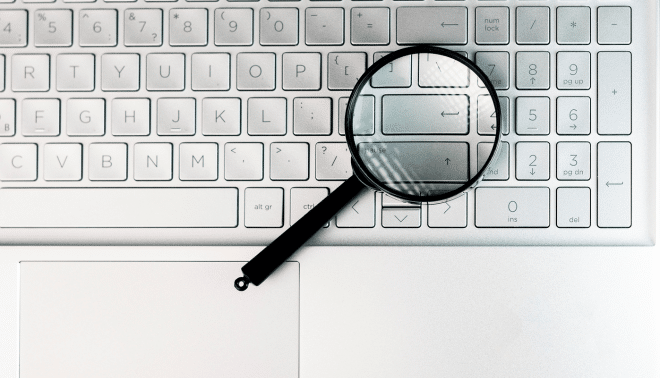Sign up for the Family Tree Newsletter! Plus, you’ll receive our 10 Essential Genealogy Research Forms PDF as a special thank you.
Get Your Free Genealogy Forms
"*" indicates required fields

When my mother was 90-years-old, a family mystery that had plagued her for years was finally solved: Who was her father?
I wish I could tell you that it was my super-sleuth skills that cracked the case, but the truth is, mom’s dad was uncovered due more to perseverance, time and a DNA match.
Picking up the Paper Trail
The search began decades ago when we requested mom’s birth certificate for a passport. Unfortunately, according to the State of Missouri, no such certificate existed. Following protocol, mom filled out the appropriate forms, had witnesses sign it, and promptly received the certificate. Unfortunately, it came without a father being named. For whatever reason, my grandmother would never disclose the name.
That left us with one-quarter of our family tree unknown.

In retrospect, I made a miscalculation early on. My mistake was ordering a birth certificate in my grandmother’s married name. After the penny dropped, I tried again. This time, I used my grandmother’s maiden name. After a wait, we received the record of mom’s birth. There, in the space for “father” was handwritten the surname Goodwin. At last a clue!
At that point we began delving into anyone named Goodwin in the census records that lived anywhere near my grandmother. We even searched through names of teachers at a school close to where grandma lived. But although there were some prime suspects, nothing came of the search. So we stopped looking.
Then, when FamilyTreeDNA first launched, both mom and one of my brothers took a DNA test in hopes of finding the mysterious Mr. Goodwin. But, after years of waiting, no match appeared.
The DNA Match
Finally, as mom neared her 90th birthday, my sister took the AncestryDNA test. Within months, a DNA match popped up. The match was listed as a first or second cousin, with “extremely high confidence.” This meant that my sister and the match had to share a grandparent or a great-grandparent. As we knew all of the other grandparents and great-grandparents on both sides of the family, we knew this match had to be for mom’s real father.

Further Reading: How to calculate cousinhood
That night, we sent an email to Marilyn, the DNA match, explaining the details. I’m sure the email was a shocker. However, she answered quickly, sharing details about her grandfather – the man who was mom’s father. Later, Marilyn shared family photos of her aunts – mom’s half-sisters. Interestingly, one of the sisters and mom looked so much alike they could have been twins. In fact, when I showed mom the photo, she thought it was one of her own.

Although most of mom’s new half-sisters lived in the Midwest, she did get to meet one of them along with our new cousin. They lived fairly close to us in Southern California. At long last, the search was over.
What I Learned
Looking back, although we did all of the genealogical searches that you would expect, it really did come down to perseverance. And, of course, waiting until technology and the database grew large enough to make DNA matches far easier than they had been after that first test many years ago. It only took mom 90 years, but in the end, she had her answer.
Related Reads:
- 6 Things to Do When Your DNA Match Doesn’t Have a Tree
- How I Did It: Untangled a Census Mystery
- How I Did It: Tracked Down my Ancestor in Swedish Household Examination Books
FamilyTreeMagazine.com is a participant in the Amazon Services LLC Associates Program, an affiliate advertising program designed to provide a means for sites to earn advertising fees by advertising and linking to Amazon.com and affiliated websites.




